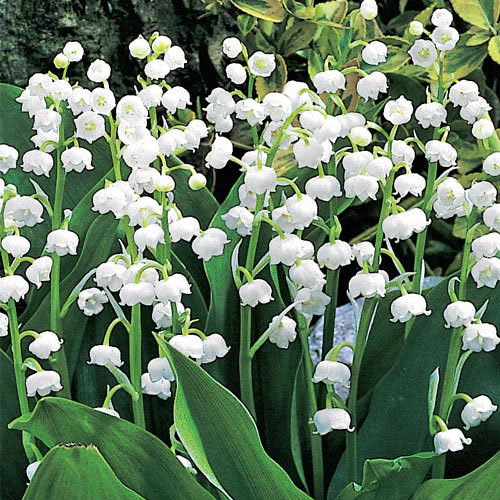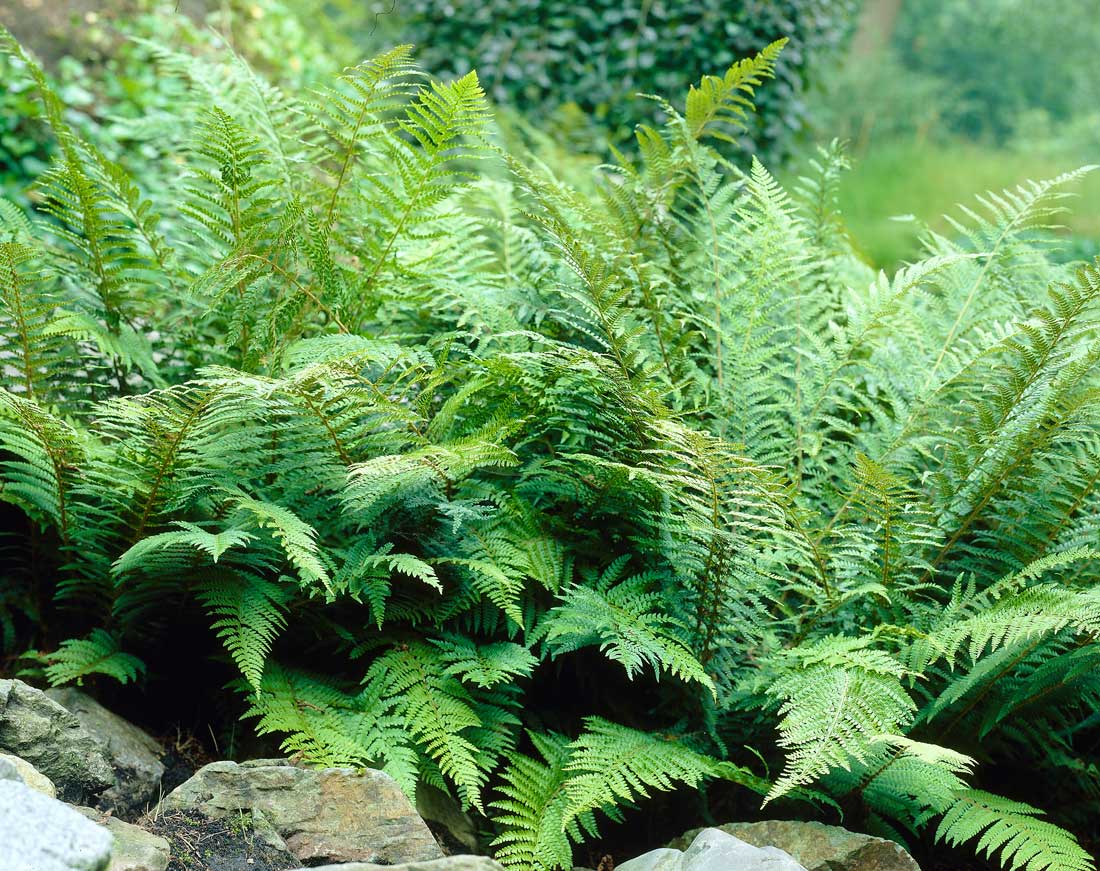
Lush, cool and lovely. Shade gardens have a tranquil beauty which can be a welcome relief in the heat of summer. Many shade perennials carry blooms, however, their foliage is just as striking offering a variety of shapes, sizes and colors.
Ferns
Hardy ferns generally require rich, moist soil with extra organic matter and most grow in neutral to moderately acid soil. That’s because they naturally thrive in the dappled shade of the woodland growing in soil well-amended with rotted leaves.
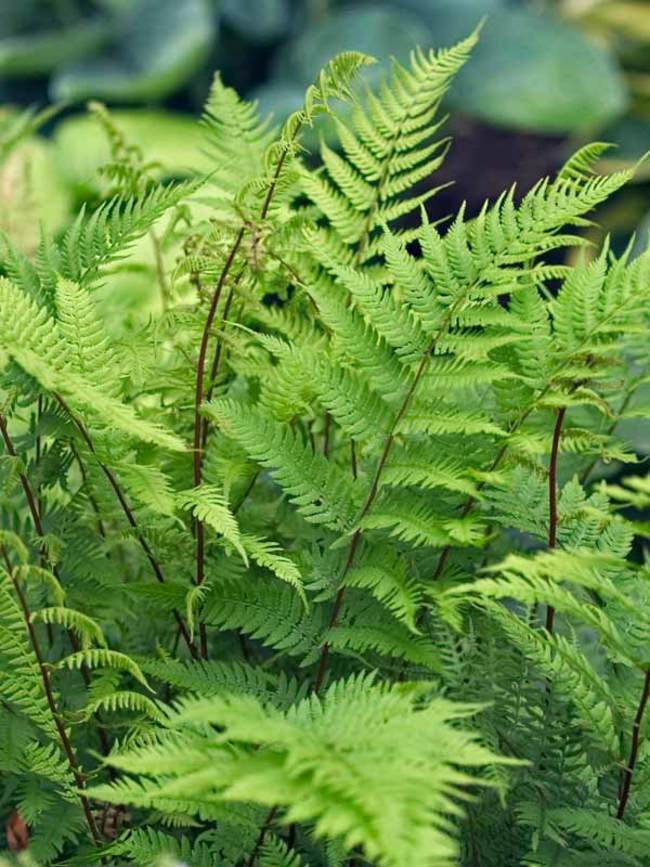
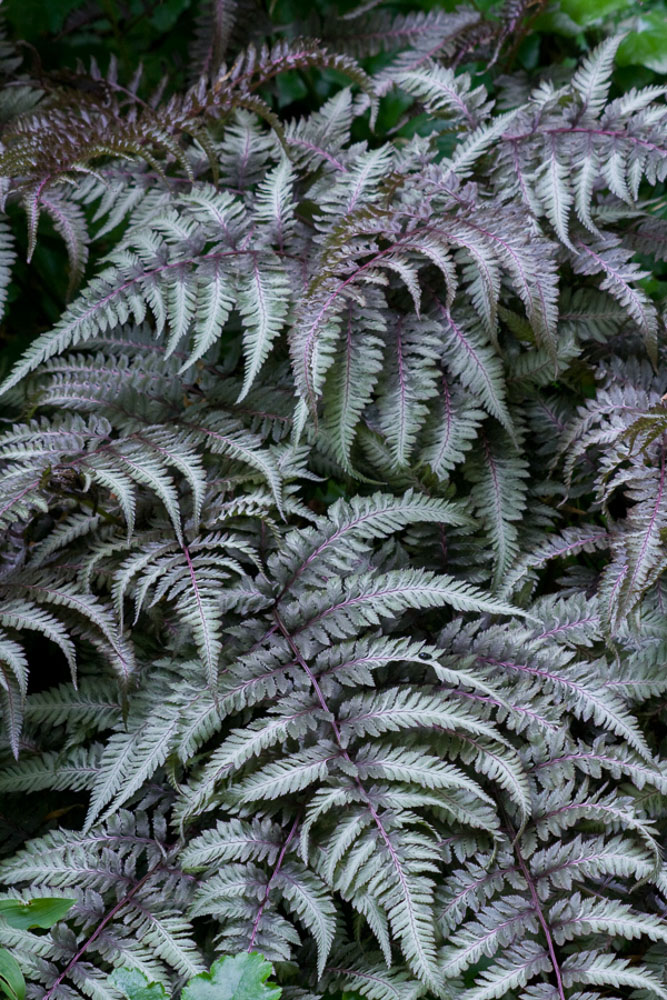
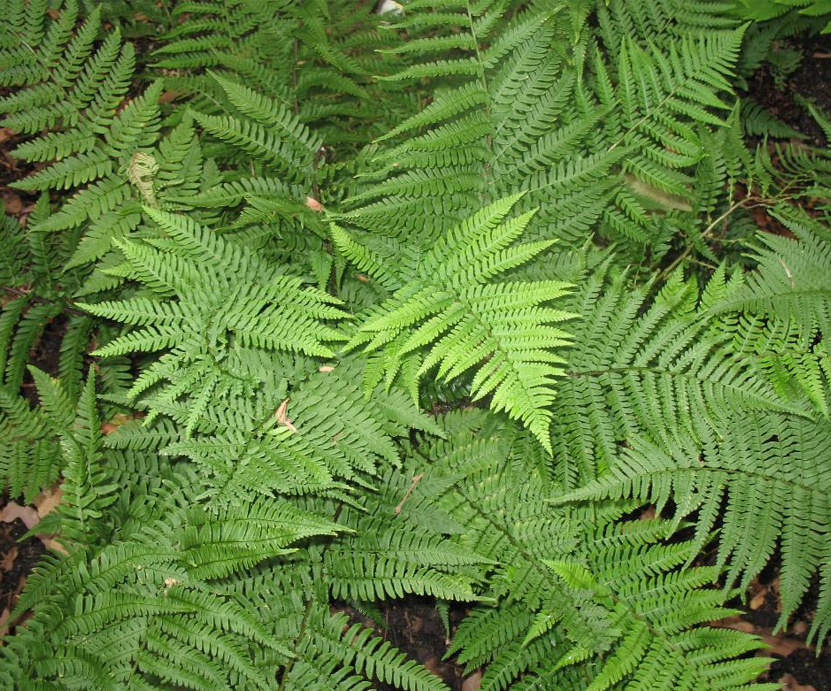
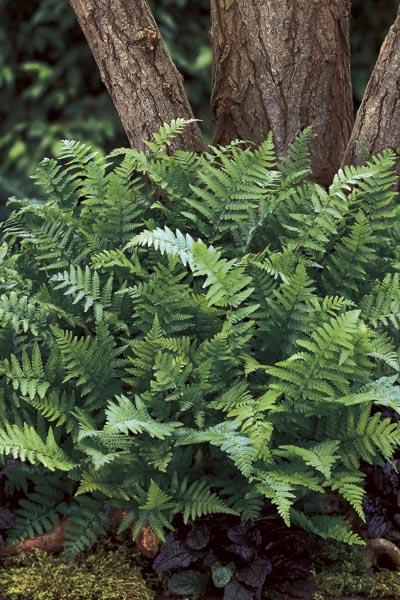
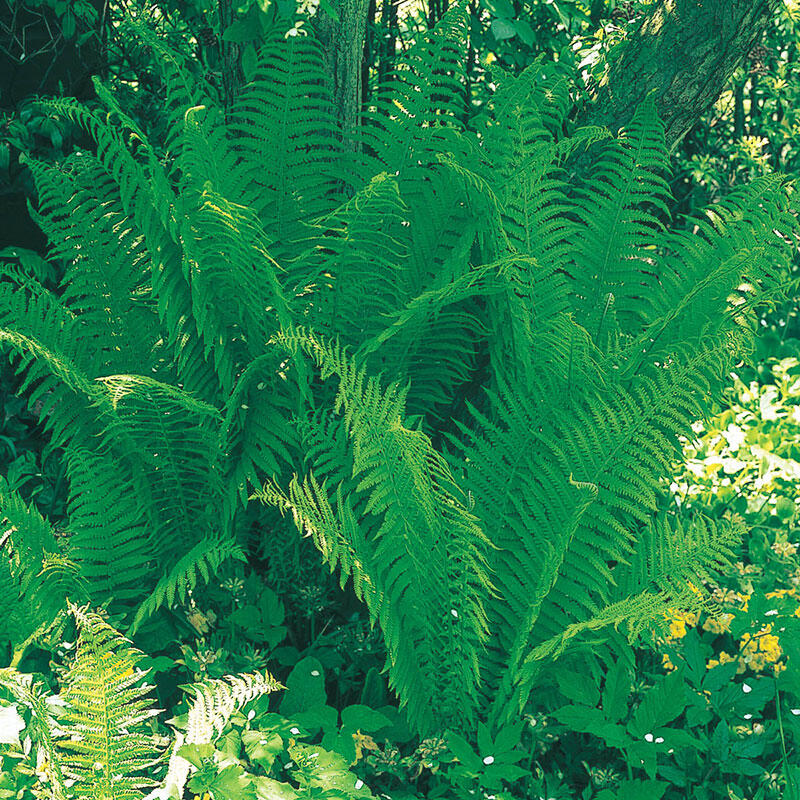
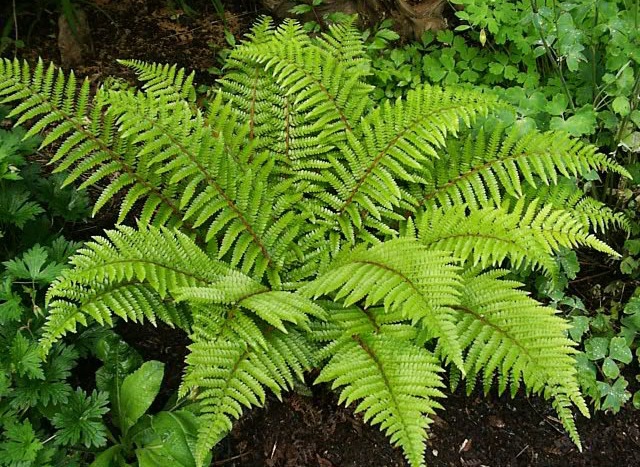
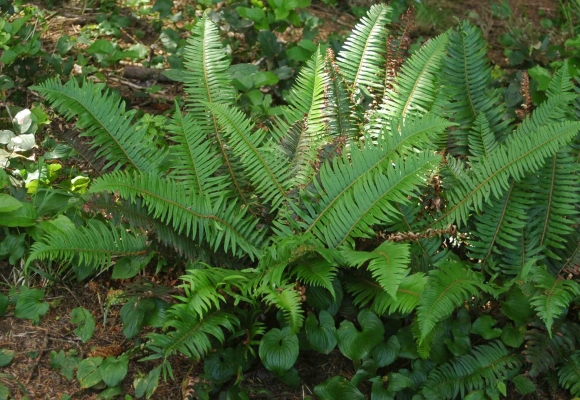
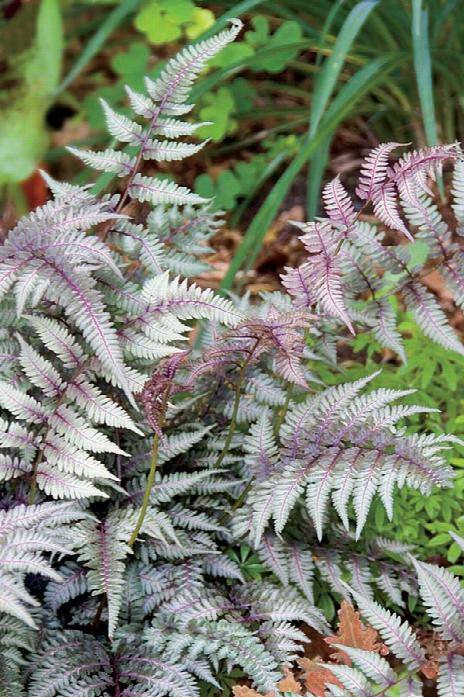
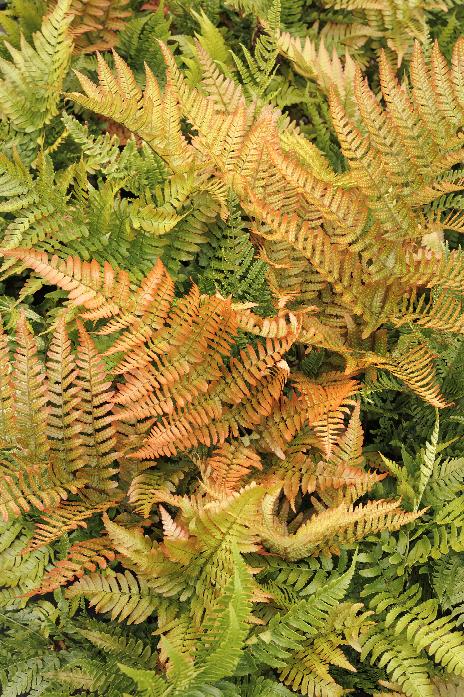
Foamflower (Tiarella)
Shade garden all-stars. Maple-like leaves are usually marked with darker veining or pronounced crimson pattern. Panicles of starry flowers are held well above the foliage. Perfect under deciduous shrubs that get some sunlight under them.
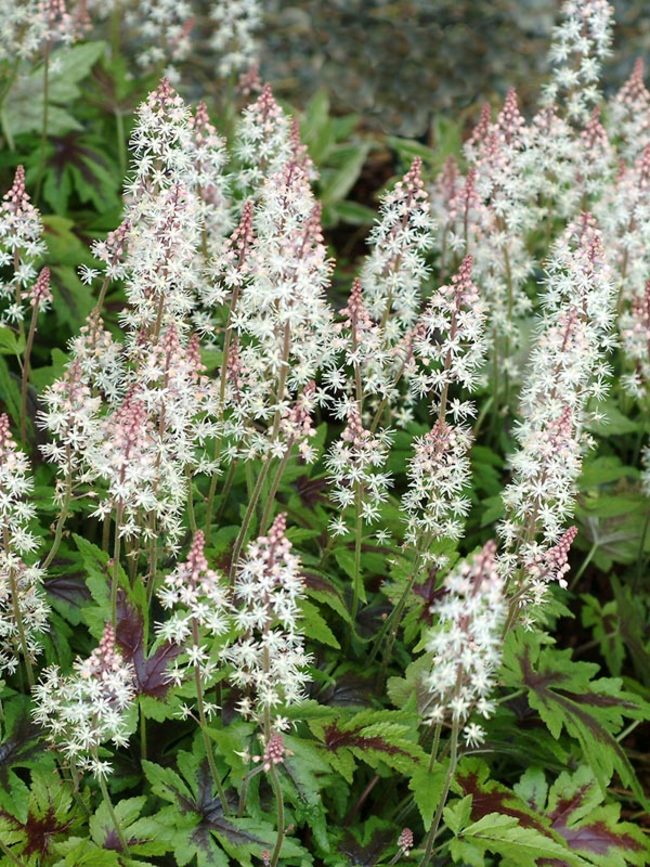
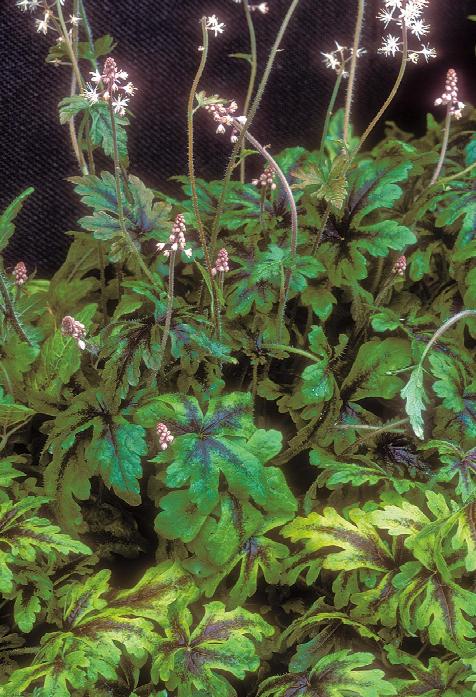
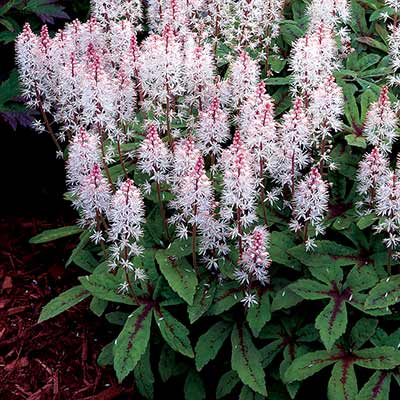
Globeflower (Trollius)
Perfect for moist woodland and pond-side settings, planted among ferns or alongside hostas with contrasting foliage colors.
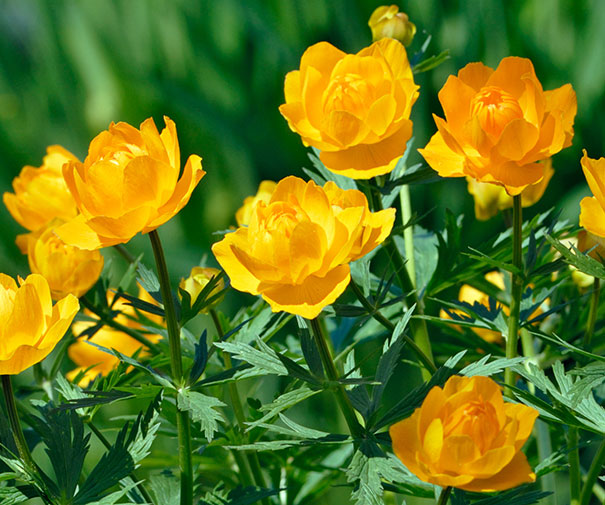
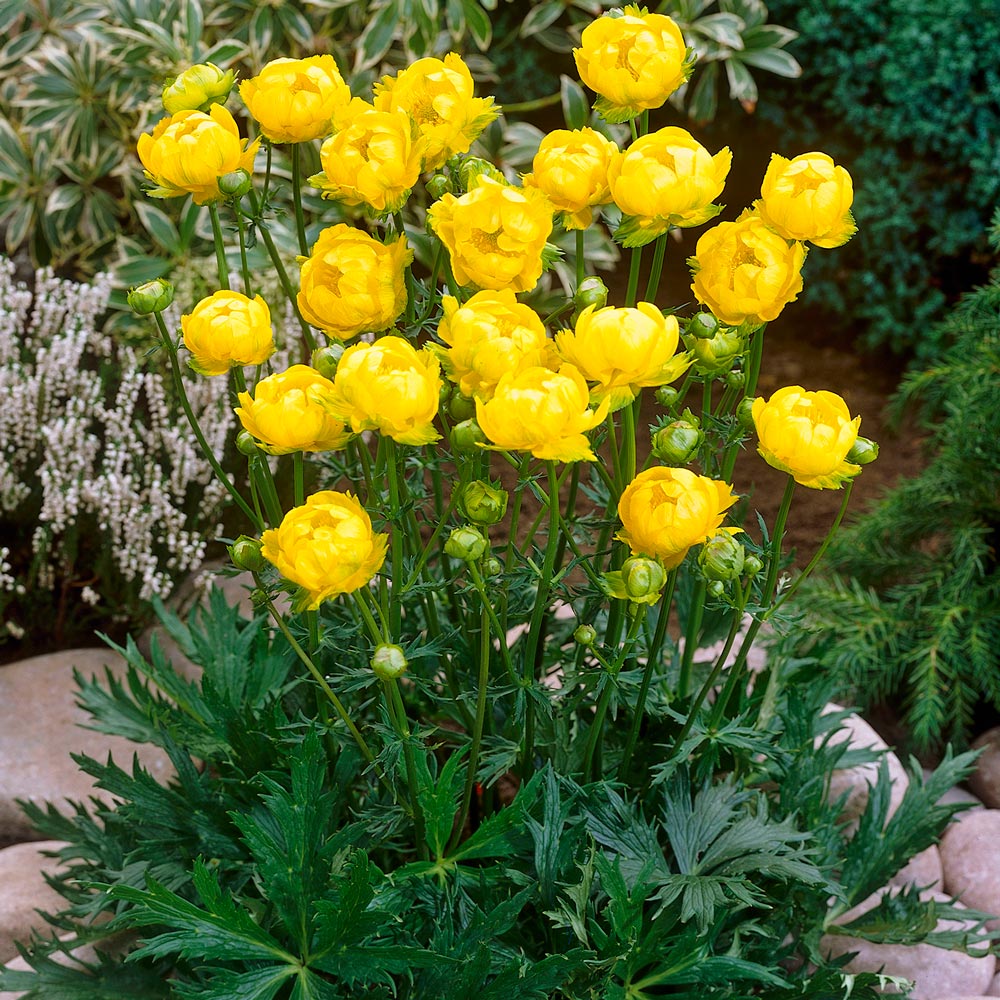
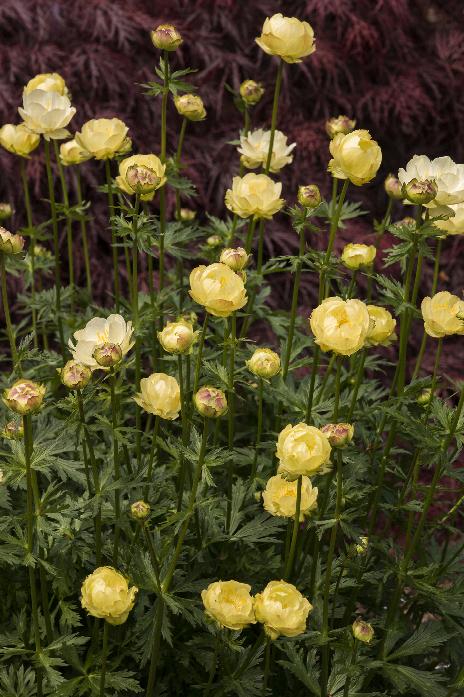
Goatsbeard (Aruncus)
Feathery plumes of white flowers rise from pinnately compound leaves. Goat’s Beard spreads slowly by rhizomes to form attractive patches. An excellent choice for a background plant in woodland settings or shade gardens,
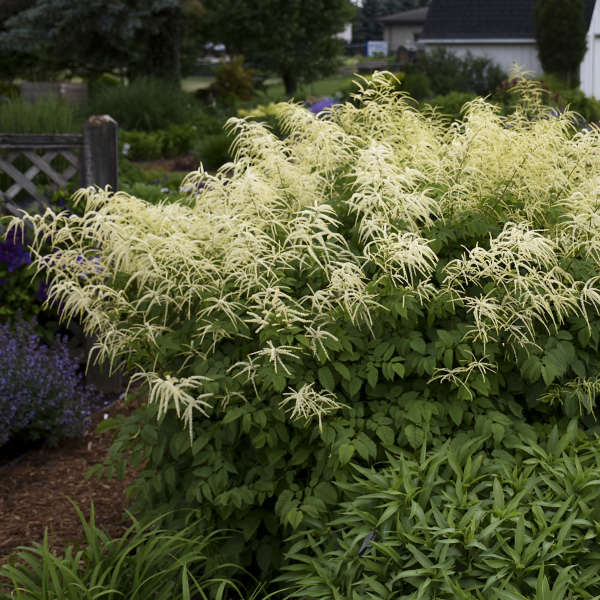
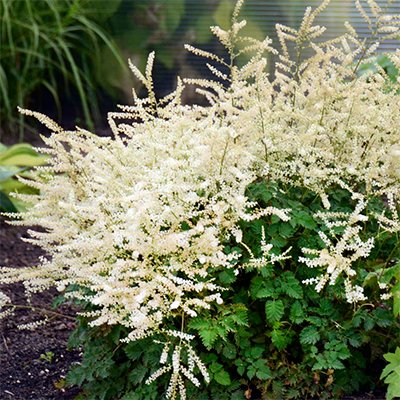
Hellebore
Hellebores bears nodding or outward-facing, saucer-shaped, flowers, in white, pink, green, primrose, mauve or smoky purple, from February onwards. It’s perfect for growing in large clumps, particularly beneath trees in shady borders.
Winter Jewels
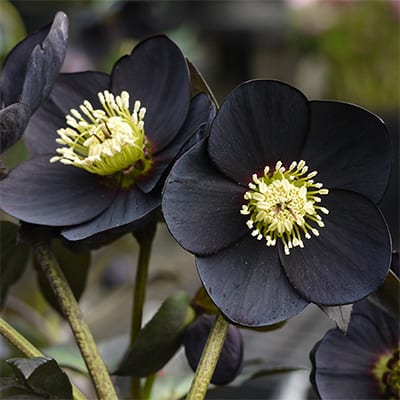
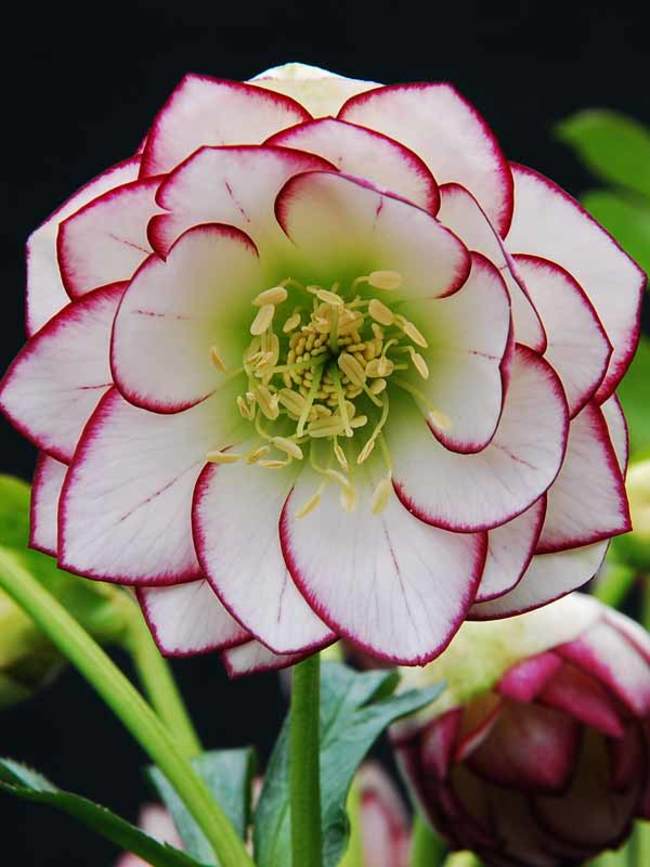
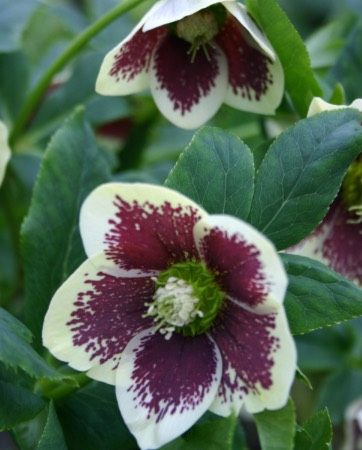
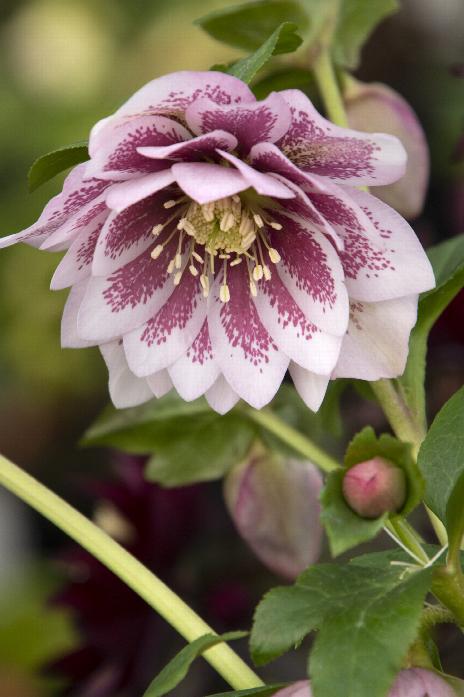
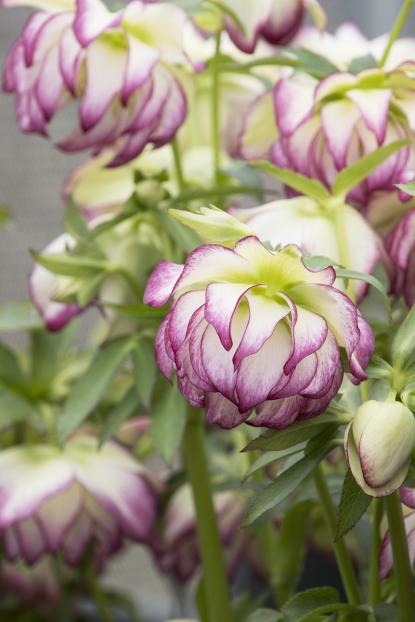
Ice N’ Roses
This impressive new hybrid has perked up the traditional drooping flowers of hellebores with blooms facing outwards, and even upwards, to greet the spring. A delightful cool-season bloomer, a wonderful addition to lightly to deeply shaded beds. Evergreen.
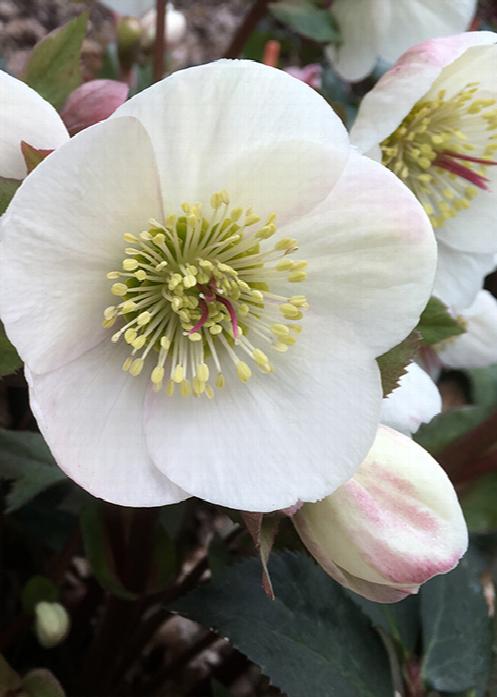
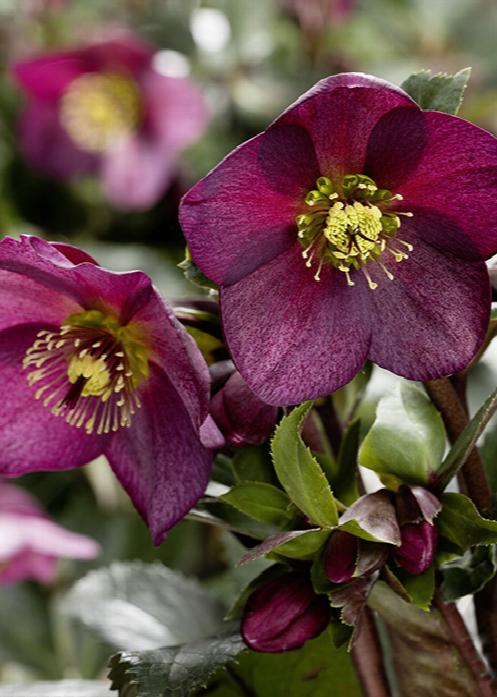
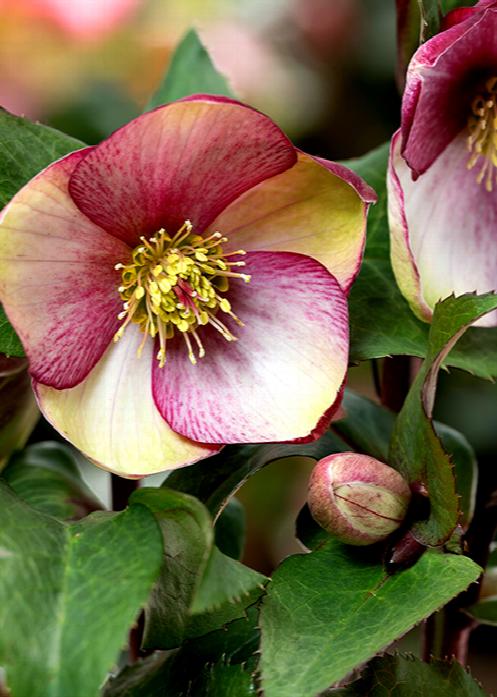
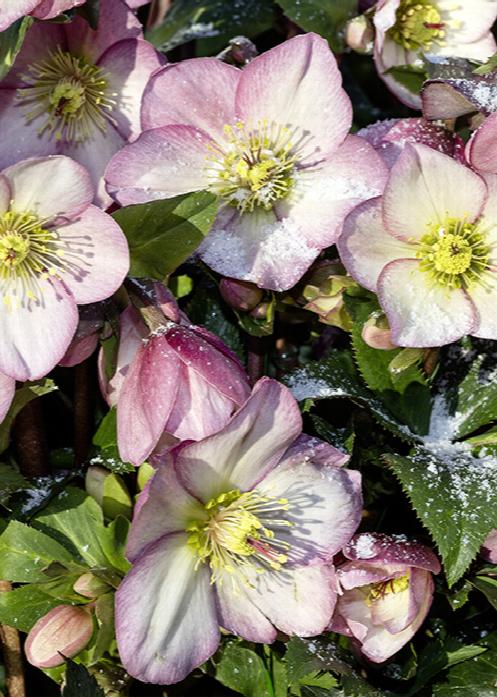
FrostKiss
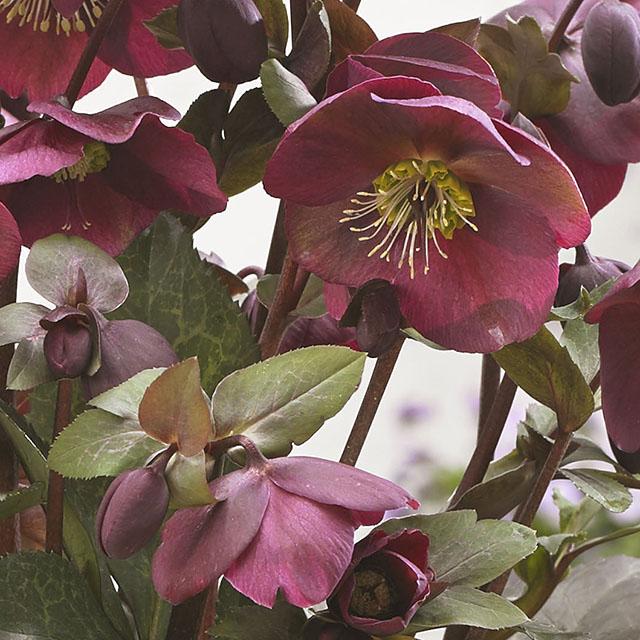
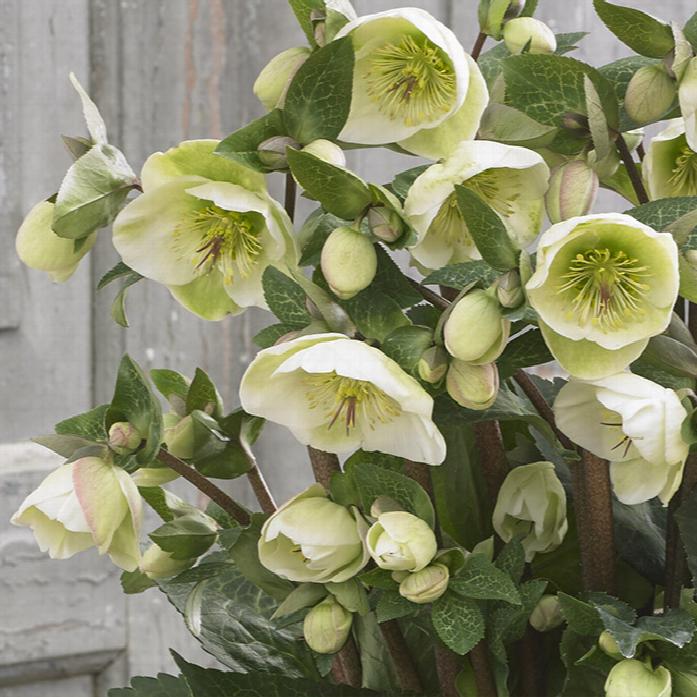
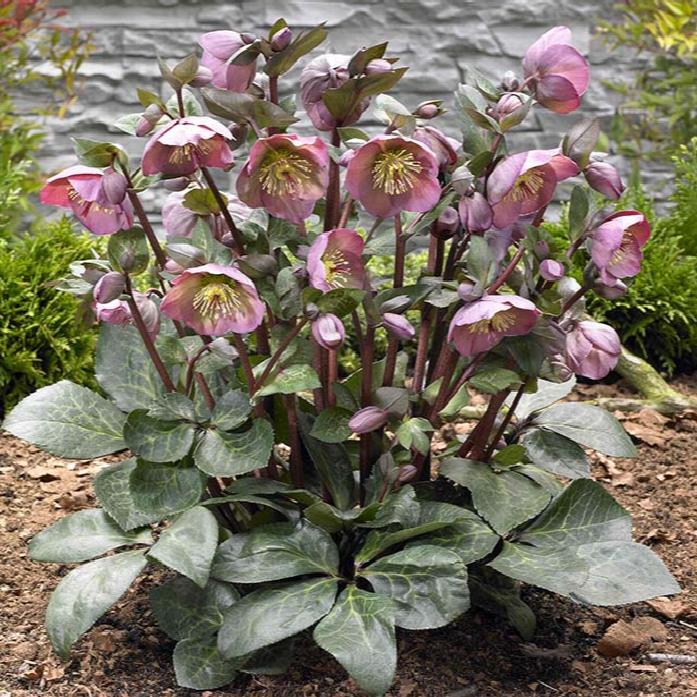
Gold Collection
Highly prolific bloomers with front-facing flowers.
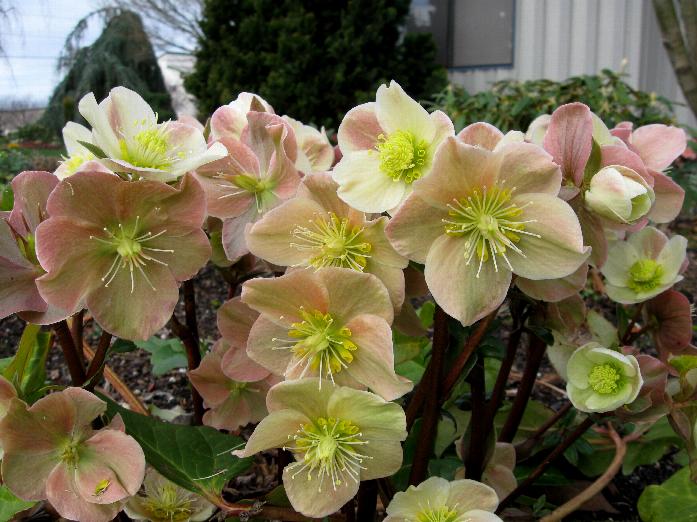
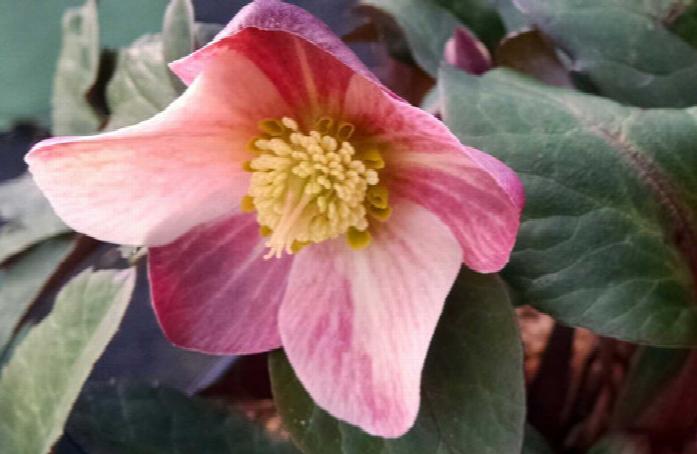
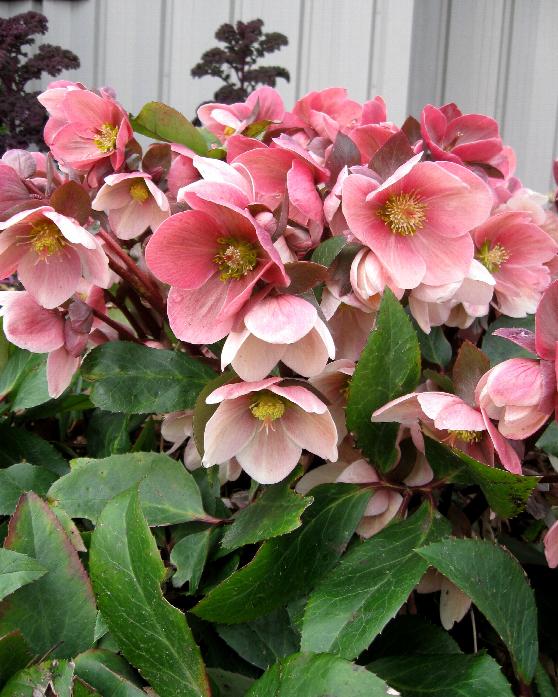
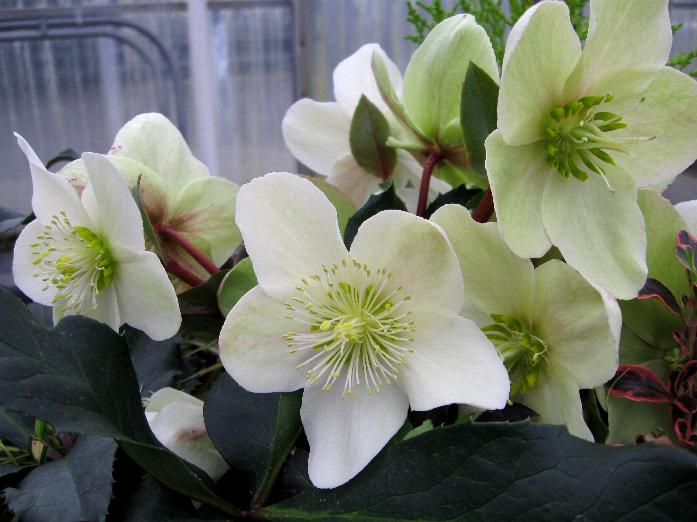
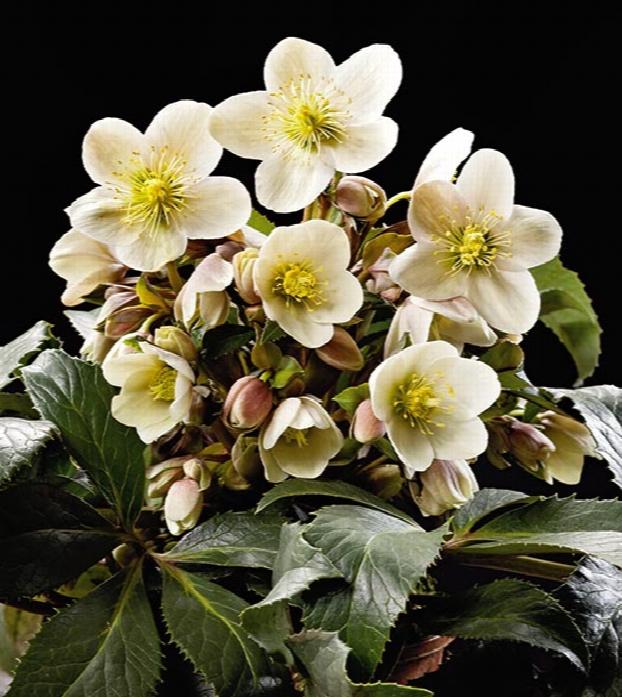
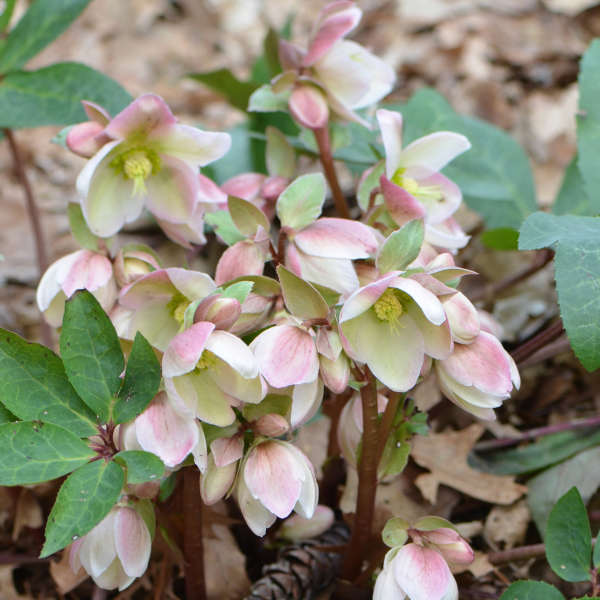
Hosta
Hostas come in many different colors of green, from emerald to chartreuse, blue-green to avocado, and artichoke to olive. Not all hostas are green, though. Some lean toward butter-yellow or gold, powder blue, cream or white. Others are variegated or bordered or striped in various hues.
Leaf textures, shapes and sizes also vary from plant to plant, making it possible — and fun — to collect dozens of different species or selections. Look for leaf surfaces that are crinkled, smooth, wavy, puckered or concave.
The leaves themselves can be heart-shaped or elongated, oval or rounded. In general, hosta leaves grow symmetrically, forming mounds of foliage that can range from just 3 inches high, for dwarf varieties, to 5 feet tall, for giant types.
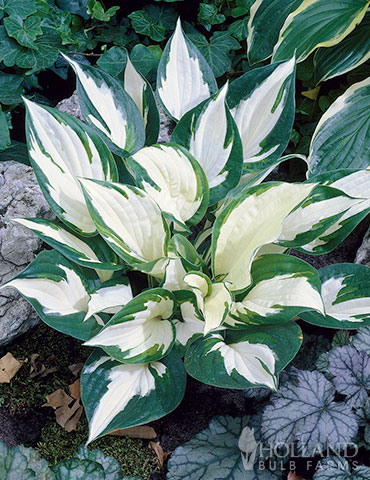
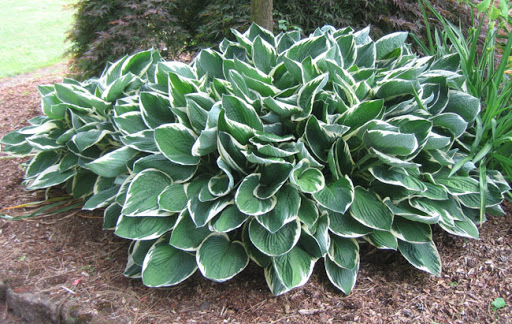
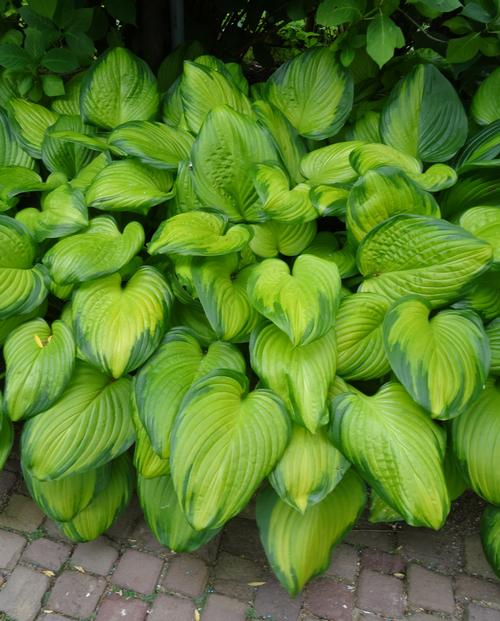
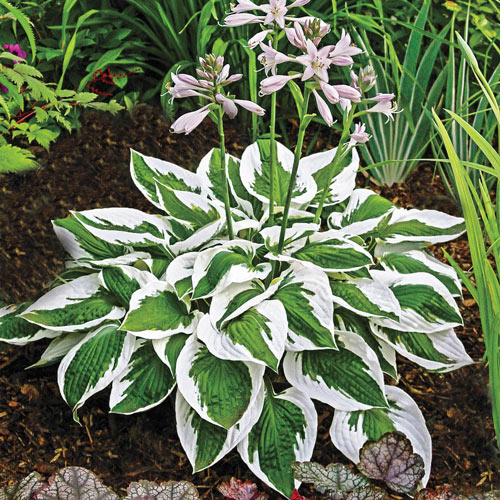
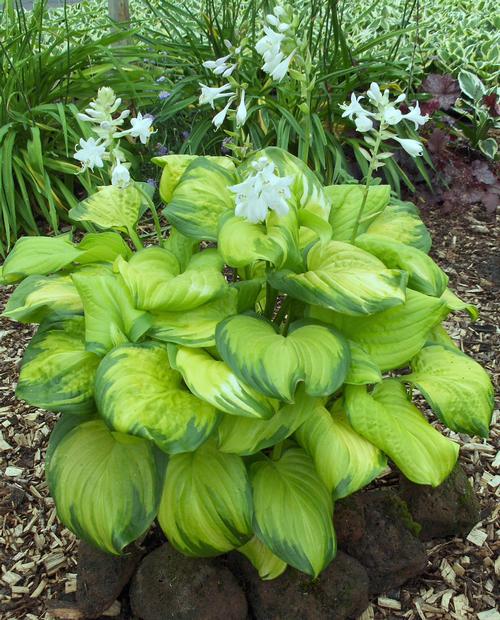
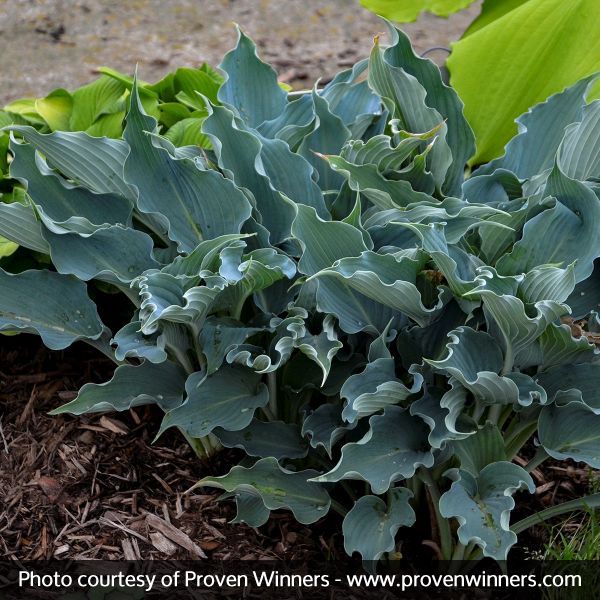
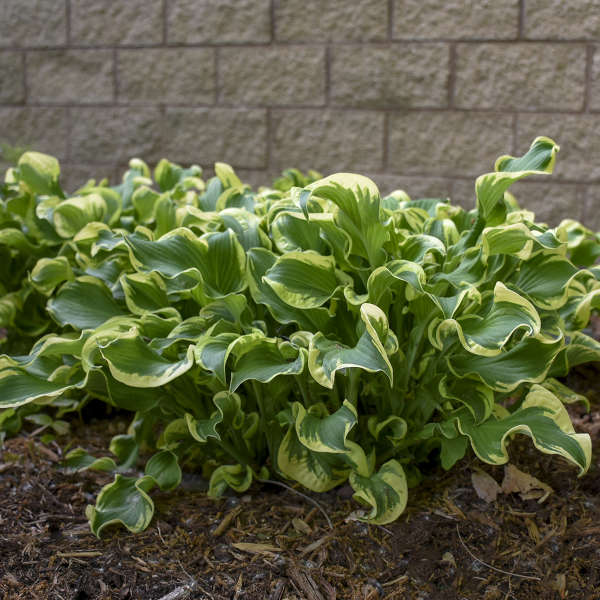
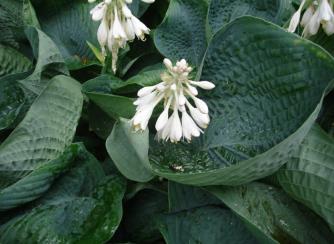
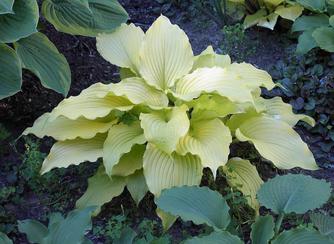
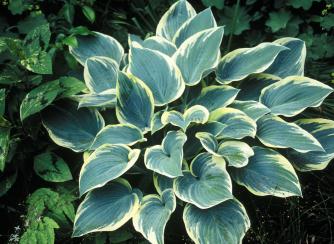
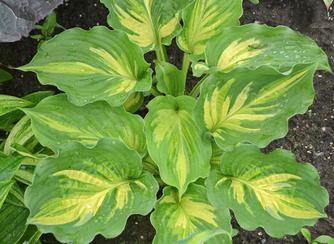
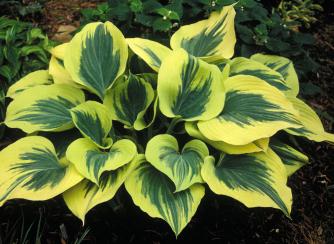
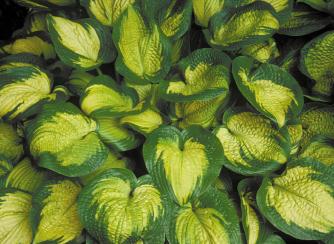
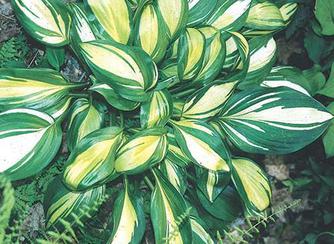
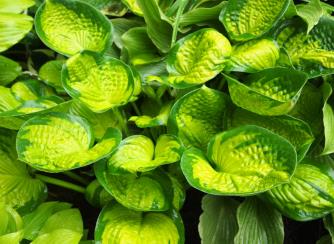
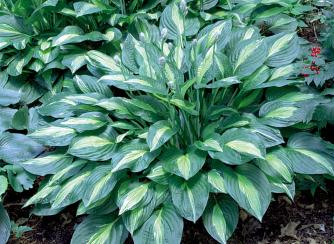
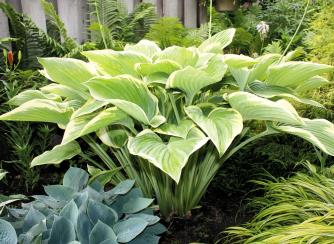
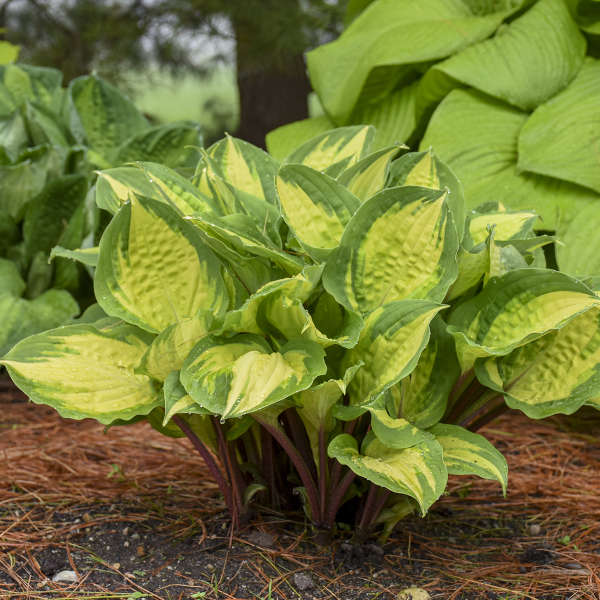
Lady’s Mantle (Alchemilla)
Lady’s mantle is an attractive perennial plant. Its soft gray-green foliage is semi-round with scalloped-shaped leaves. In late spring and early summer, the plant produces a mass of chartreuse (yellow-green) blooms.
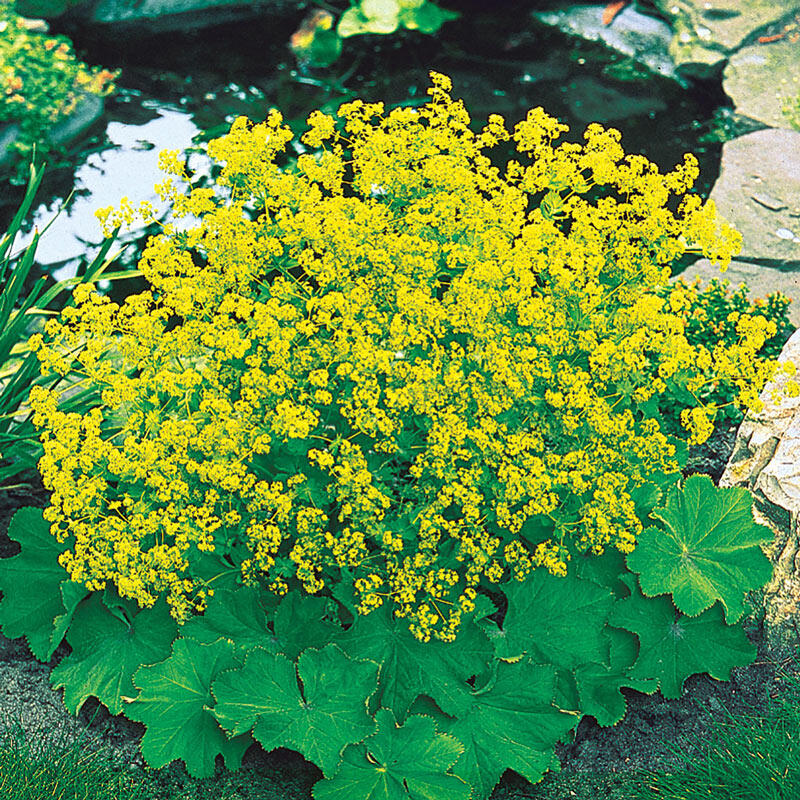
Lamium
A perfect deer resistant groundcover to brighten a partly sunny to semi-shady spot. Vigorous without being invasive, they produce dainty snapdragon-like flowers in colors from white, to pink to purple. Attractive two-toned foliage provides interest even when the flowers are not in bloom.
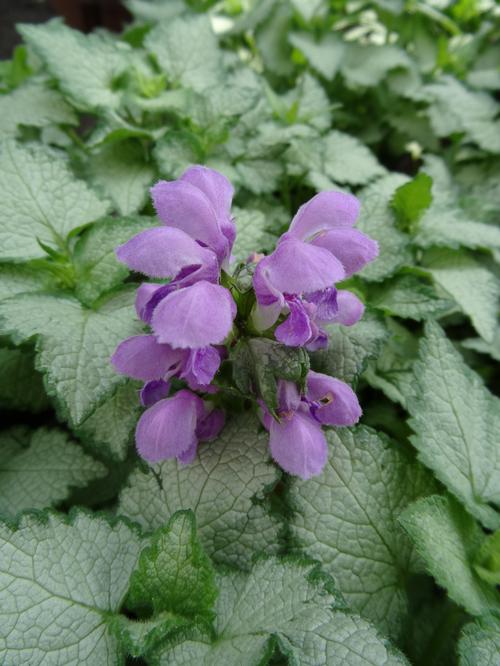
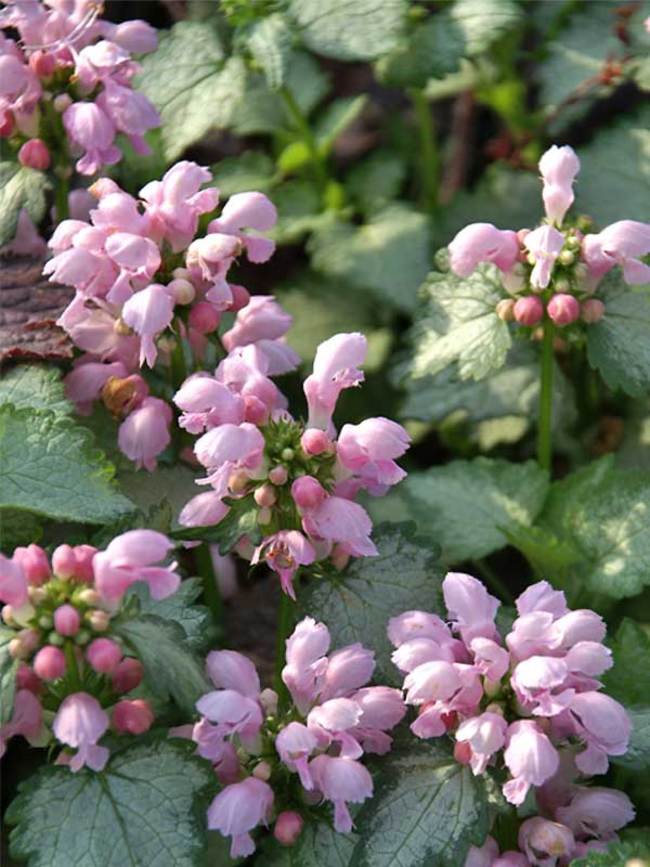
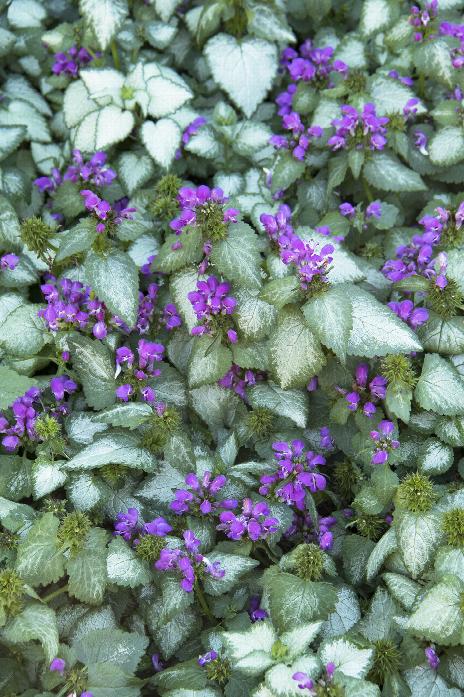
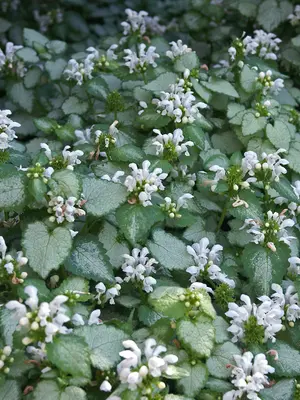
Ligularia
Leopard plants do best in partial to full shade and in organically rich soil that stays moist. They can be planted as a bog plant near a stream or pond. They produce golden flowers in clusters. The first blooms arrive in early August and provide color for late summer.
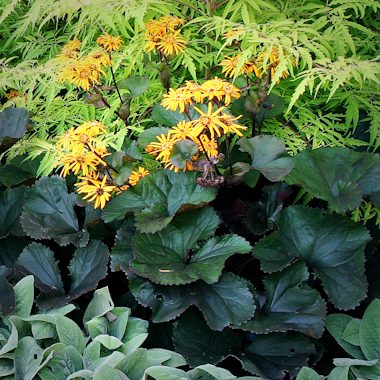
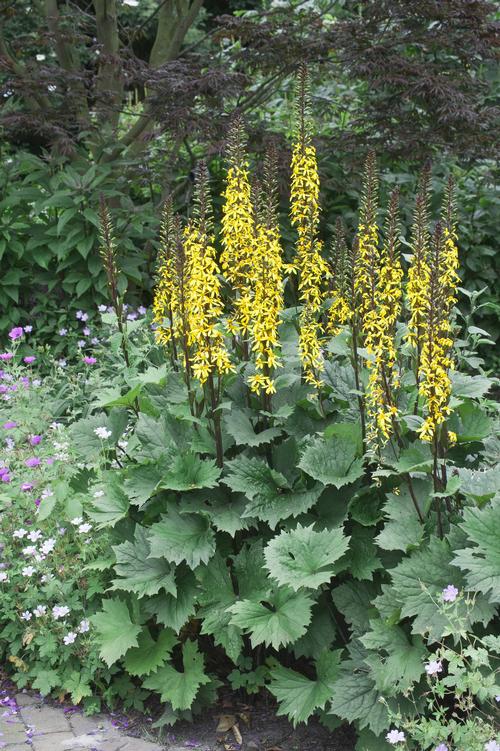
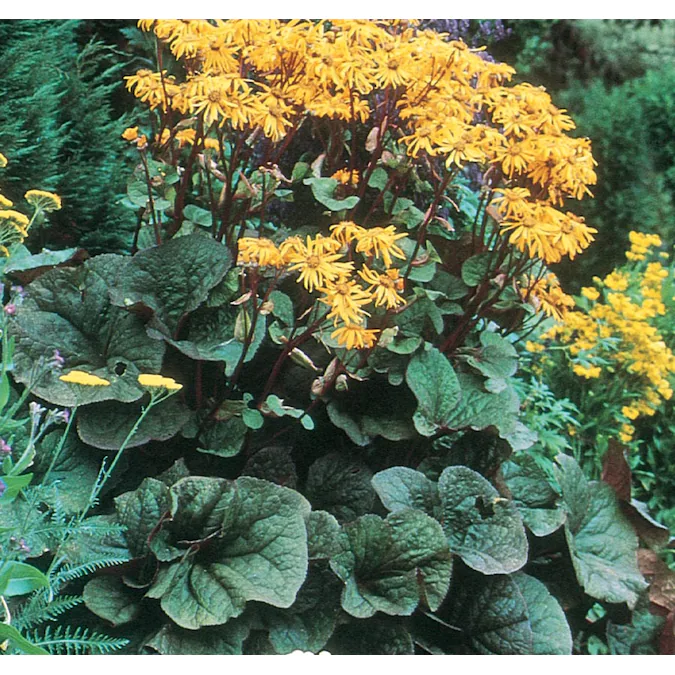
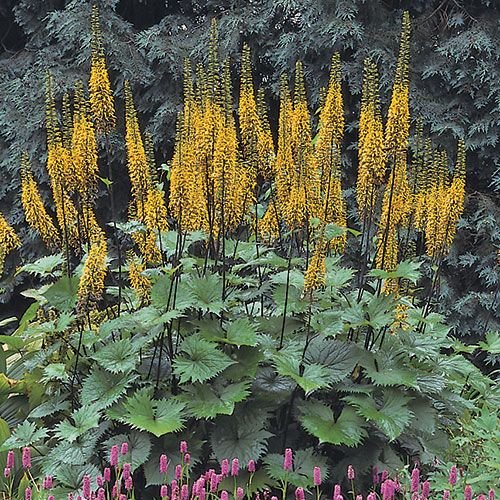
Lily
Renowned for their large, dazzling flowers and strong, sweet scent, lilies are equal parts elegance and flamboyance – and make a delightful addition to any garden.
Equally at home in containers, cottage, cutting and perennial gardens, many species also make a striking statement in naturalized meadows and woodland fringes.
These perennial, flowering bulbs multiply readily and are easy to care for in the garden. And breeders continue to develop new hybrids every year, improving performance and delivering an abundance of vivid colors, fragrance, and form.
Asiatic
Tiger
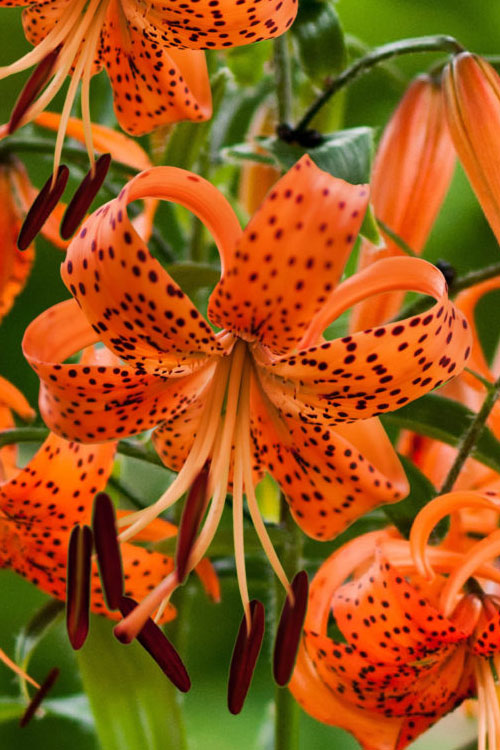
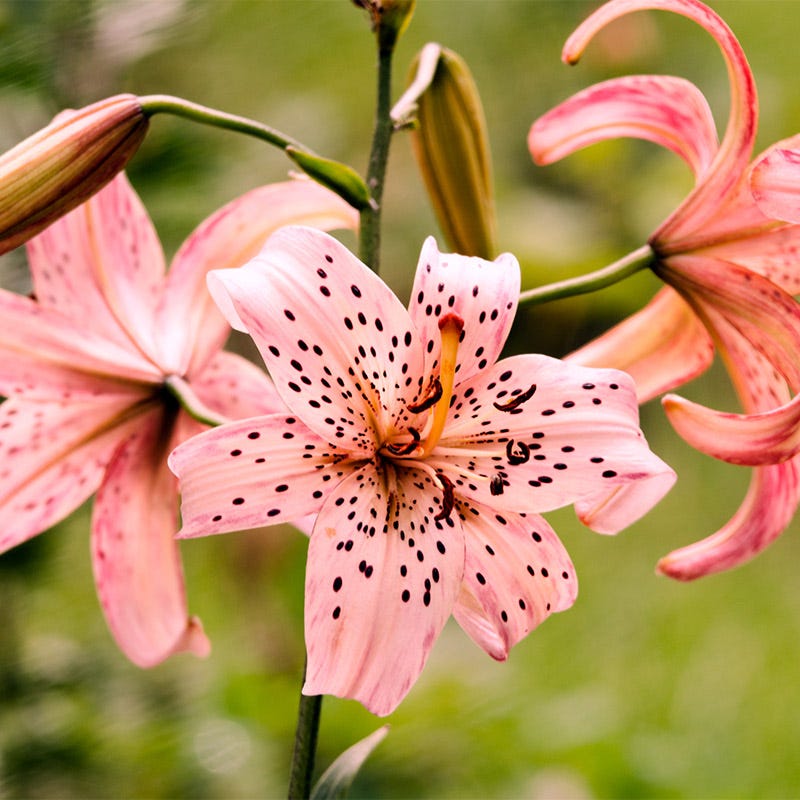
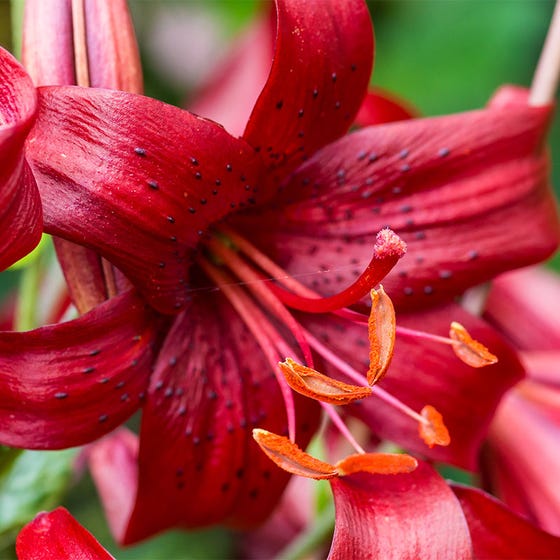
Oriental
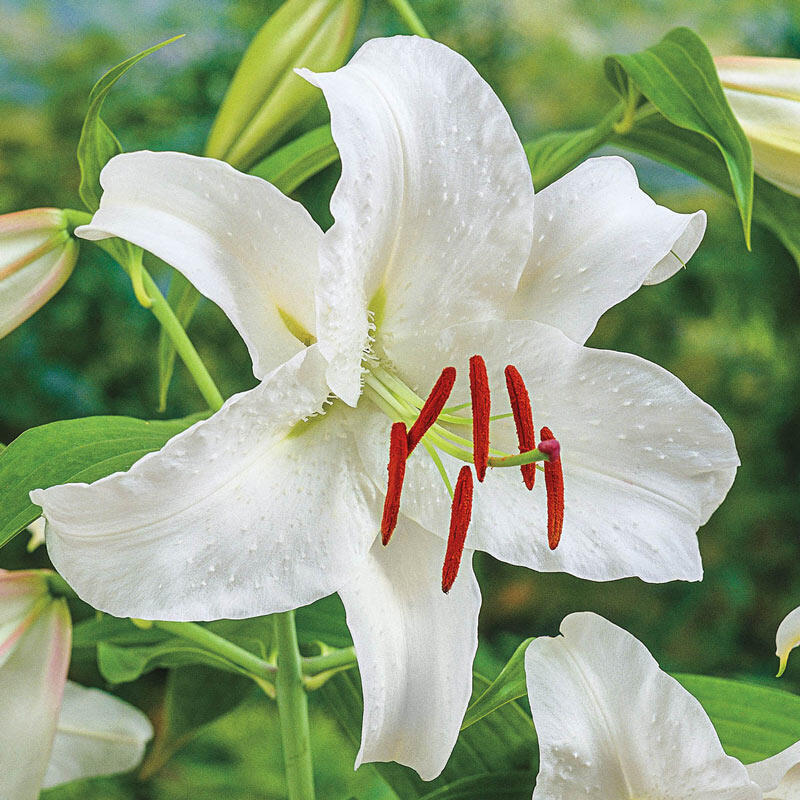
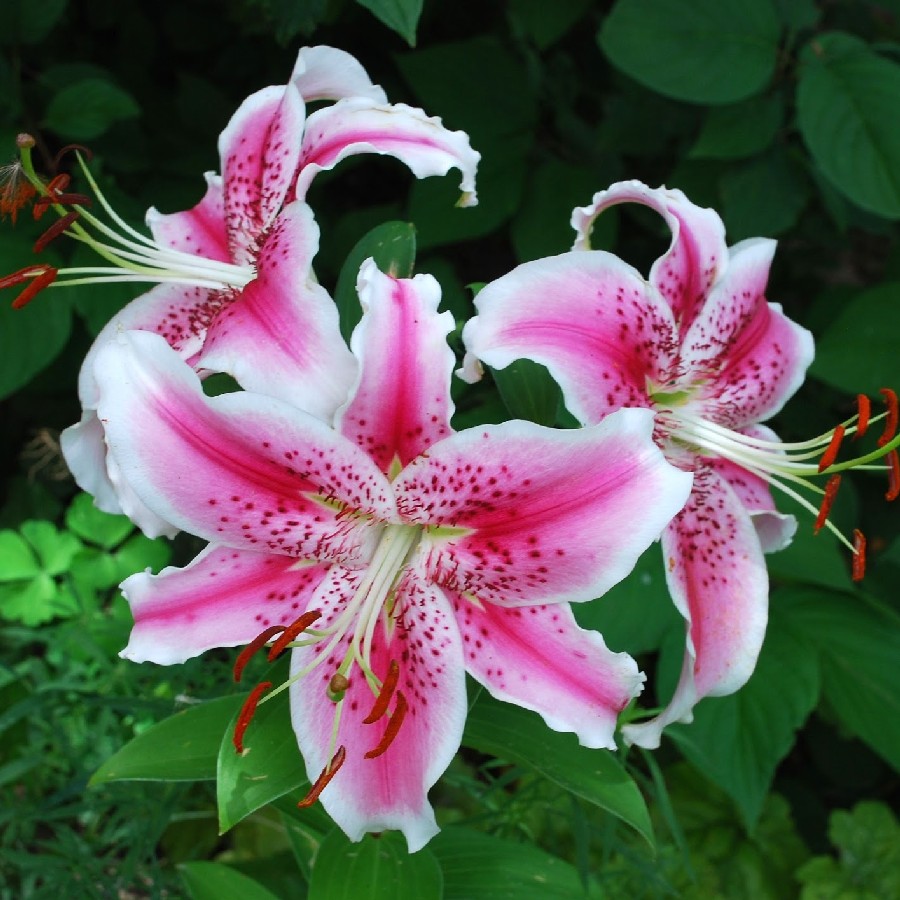
Lily of the Valley
